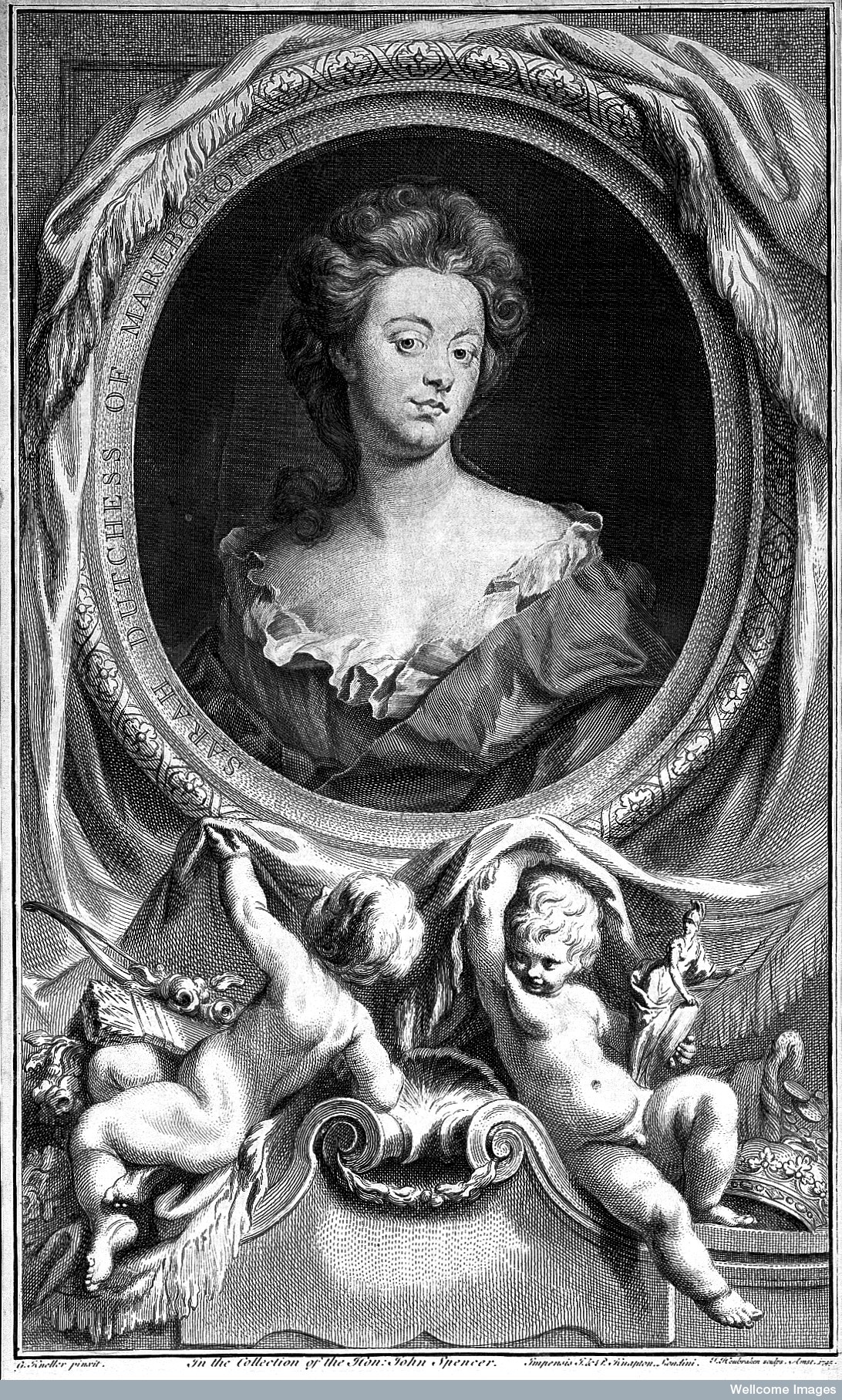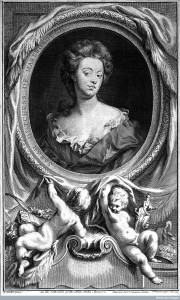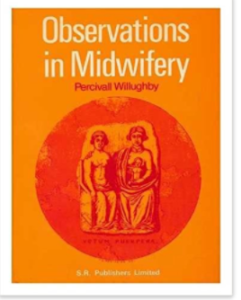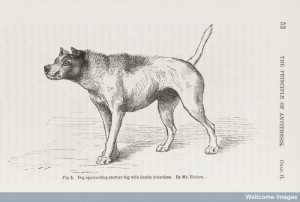
By Ashleigh Blackwood
The development of maternity clothing is often considered to be a modern phenomenon by both the modern public and fashion industry. As Sandra Matthews explains, the public attention of this specific corner of the clothing market through photography and advertising trends in the 1950s which ‘[held their] roots in the social changes in the 1930s and ‘40s.1 Yet, the challenge of ‘dressing a bump’ is by no means a new one, and is certainly not specific to just the last 80 years. Women have always faced expanding waistlines and the necessity to accommodate their changing bodies within their personal fashion choices. One of the difficulties with tracing how maternity fashion has changed and evolved is the short supply of portraits and images depicting pregnant women throughout history, particularly during the eighteenth century. Although these visual representations constitute a page that remains missing from history, if in fact it ever existed, this is not to say that other evidence does not exist of maternity clothing during the period. One means of gaining an insight as to the strategies employed by women to accommodate their changing bodies during pregnancies is the trail of documentary evidence left by women who discussed these personal matters with friends and relatives.
In 1735 Sarah Churchill, Duchess of Marlborough wrote to her granddaughter,
I remember when I was within three months of my reckoning I could never endure any bodice at all; but wore a warm waistcoat wrapped around me like a man’s and tied my petticoats on top of it. And from that time never went abroad but with a long black scarf to hide me I was so prodigeous big.2

Credit: Wellcome Library, London.
Her account of her own growing body and attire during pregnancy places emphasis on both her own sense of comfort and her feelings of self-consciousness about being seen in public. While fashion historian Harriet Waterhouse has questioned how a garment, such as the one Churchill describes, might have been made, the specific details of this design remain unknown.3 The direct comparison made by Churchill herself of her clothes to men’s fashion, the item being ‘wrapped around like a man’s’, suggests the style was only similar to and not an actual piece of clothing borrowed from her husband. The ‘warm waistcoat’ she refers to was most likely just that as waistcoats were a typical item in an upper-class woman’s trousseau, or wardrobe, of the period. Churchill’s own waistcoat may have been oversized or possibly adapted with additional fabric panels sewn in to ensure an appropriate fit during her pregnancy, with the increased bulk of the fabric or the style of its adjusted fastenings making the garment appear more masculine in terms of how it would have appeared to her friends and contemporaries. Her attempts to cover herself with a scarf could understandably have been derived from a desire to look and feel more feminine when, in fact, she may have been experiencing feelings of discomfort and being ungainly.
Marlborough was not the only woman who harboured desires of keeping her altered physical appearance as concealed as possible. At the French Royal Court Françoise-Athénaïs de Montespan, mistress to Louis XIV, endeavoured to disguise the signs of illegitimate conception from her fellow courtiers. Rather than making alterations to her usual gowns, de Montespan employed a different fashion altogether, wearing the loose fitting robe battante, also known as the robe volante.
A letter written by Elisabeth Charlotte, Duchesse D’Orléans comments on the cut of the gown:
It was Mme de Montespan who designed the robes battantes to conceal her pregnancies because this style of dress hid her figure. But when she appeared in them it was precisely as she had publicly announced that which she affected to conceal, for everybody at Court would say ‘Mme de Montespan has put on her robe battante so she must be pregnant.’4
Although meaning to mask her pregnancy, Elisabeth Charlotte’s descriptions indicate that the distinctive change between other fashions and this particular style codified and gave an unspoken language to information which was not intended for public dissemination. Elisabeth herself purported to dislike the style, possibly for this very reason, that she felt it might generate unwanted gossip.
She later explained, in another of her letters:
I only follow the fashions from afar and there are some which I will have nothing to do with, like paniers which I won’t wear and robes battantes which I detest. I find them indecent and will not allow them in my presence. They look as if one was just going to bed.5
Of course, the latter stages of pregnancy were about just that, being ‘brought to bed’. The social and sometimes political implications of childbearing, particularly for the elite populations of Europe, are difficult to underestimate. Issues of status and legitimacy were particularly important and were a strong influence, along with other factors such as personal comfort, on the extent to which an individual woman might wish to conceal or reveal her pregnancy in public.
You can see an eighteenth century pregnancy corset over at Jane Austen’s World.
Ashleigh Blackwood is a PhD student in the Department of Humanities at the University of Northumbria University, Newcastle upon Tyne. Her thesis examines the impact of both medical and literary developments of the long eighteenth century on how authors depicted maternal experience and, more broadly, reproduction in their writing. She has several forthcoming articles on eighteenth-century paternity in literature, birth poetry and reading therapies. Her current work also considers the place of fashion in eighteenth-century health and medicine.
_____________________________________
[1] Sandra Matthews, Pregnant Pictures (London: Routledge, 2000), p.151.
[2] Quoted in Phillis Cunnington and Catherine Lucas, Costume for Births, Marriages & Deaths (New York: Barnes & Noble, 1972), p.15.
[3] Harriet Waterhouse, ‘A Fashionable Confinement: Whaleboned Stays and the Pregnant Woman’, Costume, Vol. 41, No. 1 (June 2007), pp. 53-65, p.58.
[4] From Norah Waugh, The Cut of Women’s Clothes: 1600-1930 (1968) (London: Routledge, 2011), pp.114-15.
[5] Waugh, The Cut of Women’s Clothes: 1600-1930, p.115.
© Copyright Ashleigh Blackwood, all rights reserved.




6 thoughts on “Maternity Wear: To Conceal or Reveal?”
Comments are closed.